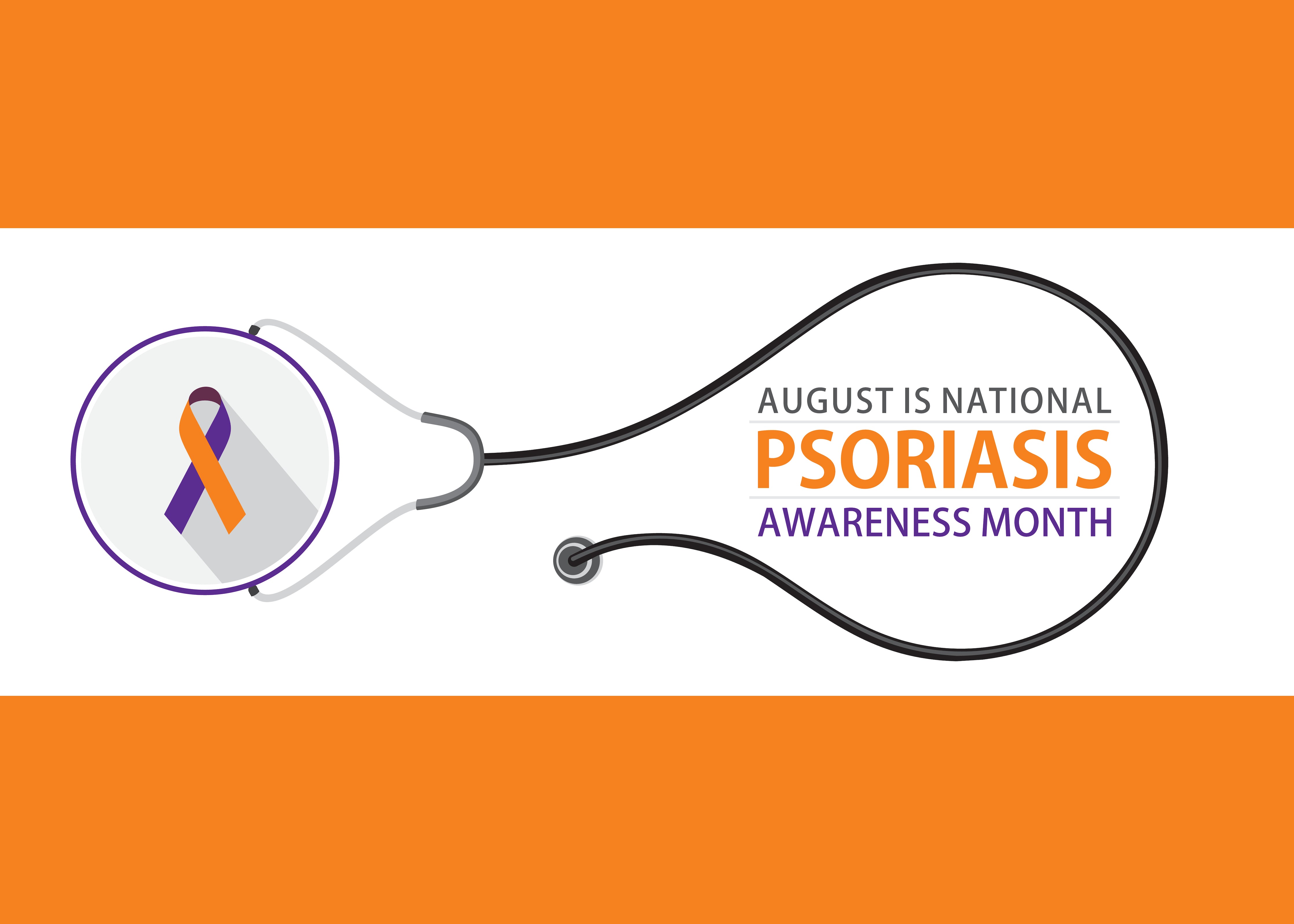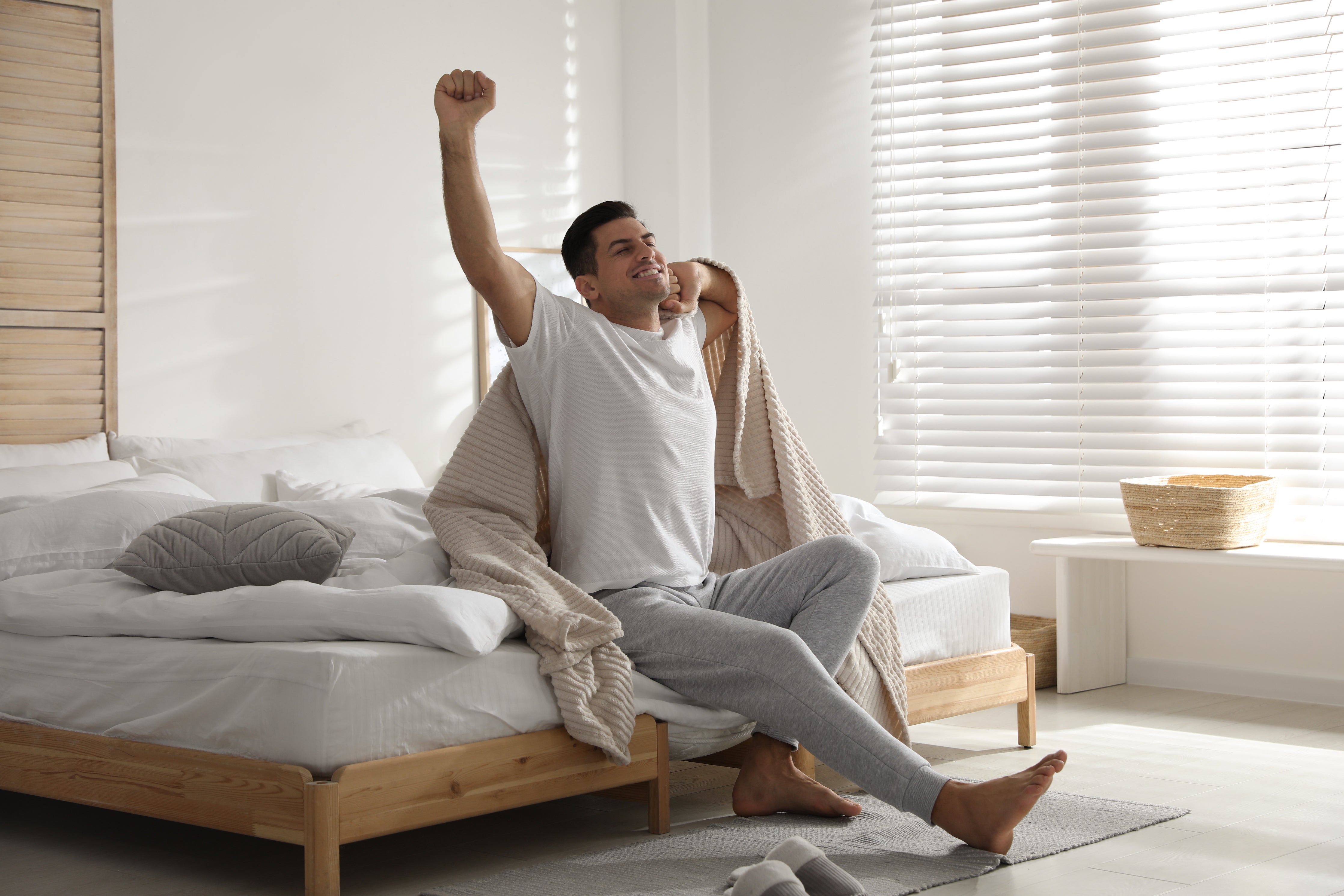For a simple garment that's known to provide warmth and extra cushioning to the feet, who knew that socks could bring wellness and comfort to people dealing with neuropathy?
For more than 420 million people living with diabetes around the world, foot problems are not uncommon. Diabetes, a long-lasting health condition characterized by elevated levels of blood glucose, can lead to neuropathy over time.
In a report by Forbes, people with diabetes experience nerve damage, causing pain, tingling, and numbness in parts of their body, including the feet. Apart from decreasing sensation in the feet, particularly the soles, nerve damage also increases their risk of injury.
"That loss of feeling means injury can happen without people realizing it," the report said. "Issues with foot deformities or circulation can compound the problem—and it’s a big problem."
WHAT IS DIABETIC PERIPHERAL NEUROPATHY?

According to Healthline, diabetic peripheral neuropathy is a condition caused by long-term high blood sugar levels that causes nerve damage. "Some people will not have any symptoms, but for others, symptoms may be debilitating," it said, stating that the percentage of diabetics who experience neuropathy ranges from 60 to 70 percent.
When the nerves in the body's extremities malfunction due to damage. The impairment of the peripheral nervous system affects the proper reflexes of the toes, feet, legs, fingers, hands, and arms. If you have peripheral neuropathy, you might experience:
- changes in the way you walk.
- loss of balance, which could make you fall more often.
- loss of muscle tone in your hands and feet.
- pain when you walk.
- problems sensing movement or position.
- swollen feet.
The peripheral neuropathy caused by diabetes frequently gets worse at night, making it difficult to fall asleep or stay asleep all night. You might feel so bad that even a bed sheet is painful and heavy to touch. It might be challenging to fall asleep or stay asleep all night as a result.
Once you have developed neuropathy, certain medications and several treatment strategies will be laid out to relieve the symptoms, including wearing socks.
WHAT ARE DIABETIC SOCKS?
Simply put, diabetic socks are primarily designed to protect the at-risk feet of people with diabetes. Aside from keeping their feet dry and warm, diabetic socks also minimize irritation, promote blood circulation, and prevent uncomfortable rubbing and restriction.
With low-profile seams, loose-fitting constructions, and soft cushions, diabetic socks lessen the possibility of irritating the skin on the feet and prevent uncomfortable friction that can cause blisters and ulcers.
People with diabetes opt to use diabetic socks since ordinary socks may cause moderate restriction that leaves visible compression lines around their ankles. However, there are some mainstream socks that can meet diabetic needs as well.
WHO SHOULD WEAR DIABETIC SOCKS?
According to DiabetesStrong, while anyone with diabetes would be comfortable wearing a pair or two of diabetic socks, those with neuropathy and a history of foot ulcers are the ones who could greatly benefit from it.
However, Verywell Health clarified that not everyone with diabetes needs diabetic socks.
"For those who don't have foot problems, regular socks that are comfortable, non-binding, and fit well are sufficient, although it may be advisable to wear them during lengthy travel, as sitting for long periods of time can increase the risk of swelling or blood clots," the article read.
People with diabetes who would benefit from always wearing solely diabetic socks are those who:
- Have experienced changes in foot color or temperature, irritation, nerve damage, blisters, or fungal infections.
- Have frequently sweaty or moist feet.
- Have decreased pedal pulse (a measurement taken at the top of the foot and behind the inner ankle) associated with an increased risk of peripheral arterial disease 3 or another form of atherosclerosis.
WHAT ARE THE FACTORS TO BE CONSIDERED WHEN BUYING DIABETIC SOCKS?
People with diabetes opt to use diabetic socks since ordinary socks may cause moderate restriction that leaves visible compression lines around their ankles. However, there are some mainstream socks that can meet diabetic needs as well.
Diabetic socks are made with a number of features to specifically address the foot problems brought on by the condition. If you’re looking for diabetic socks to make each day more comfortable, here are the 3 main factors that everyone should consider:
-
FIT
When choosing diabetic socks, always pick garments made with a loose-fitting design to prevent constriction. Tight socks constructed with harsh elastics should always be a no-no.
According to VerywellHealth, diabetic socks should be designed to stay up without squeezing the calves so as not to restrict blood flow. Socks that compress more and fail to provide comfort can intensify the pain and disrupt the healing.
To provide relief, wear soft and non-constricting socks that support your activities day and night.
-
MATERIAL
Aside from fit, material should be one of your considerations. The ability of diabetic socks to keep your feet dryer than regular socks is the most significant feature that helps people with diabetes.
That's why we always advise people to always opt for fabrics that help “wick away” moisture and keep their feet dry during physical activities. Your feet's capacity to heal minor cuts or blisters is greatly impacted by the moisture that comes with a long day in typical socks and shoes.
Without proper moisture, your socks put you at risk for serious infections. Although materials like spandex, nylon, viscose, bamboo, and others are frequently combined to make diabetic socks, not all of them can wick moisture away, allow sweat to evaporate, and ensure an itch-free fabric, unlike cotton.
-
COMFORT
Would you consider your diabetic socks functional if they're not comfortable?
Diabetic socks should be made without irritating seams along the toe to reduce the risk of rubbing and blisters that could lead to ulcers. You should also look for socks made with soft-textured fabrics that aren't abrasive against the skin, providing enough cushioning and protection without being lumpy and bumpy.
Aside from that, socks without a non-binding top should be your priority! Having elastics at the top of your socks could cut off circulation around your calves and ankles—a scenario we all want to avoid.
WHAT SOCKS CAN WE RECOMMEND?
At Cottonique, creating garments that provide nothing but maximum comfort is our priority. And one way of practicing proper foot care is choosing the best soft cotton socks to pamper your feet even with neuropathy.
If you're looking for comfortable socks that has the right fit, quality materials, and guaranteed itch-free comfort, look no further than our allergy-free organic cotton socks!
Made from breathable and non-irritating organic cotton fabric, our hypoallergenic socks not only provides allergy-free comfort wherever you go, but also help promote good circulation during physical activity.
These pieces are lightweight and soft, providing enough cushioning to your feet without irritating the skin. Pamper your feet and practice proper foot care with these soft, organic cotton socks!

DISCLAIMER: The information presented on Cottonique is not, and will never be, intended to be a substitute for professional medical advice, diagnosis, or treatment. All content materials found on this site, from text, treatments, outcomes, charts, graphics, photographs, and study findings, are created and published for general informational purposes only. It should not, in any way, be construed as a standard of care to be followed by a user of the website.
Thus, readers are encouraged to verify any information obtained from this website with other accurate references and review all information regarding any medical condition or treatment with their physician. As Cottonique strives to help those with allergies live with better days, the hypoallergenic apparel brand encourages everyone to always seek the advice of your physician or other qualified health providers with any questions you may have regarding a medical condition.









Leave a comment
All comments are moderated before being published.
This site is protected by reCAPTCHA and the Google Privacy Policy and Terms of Service apply.